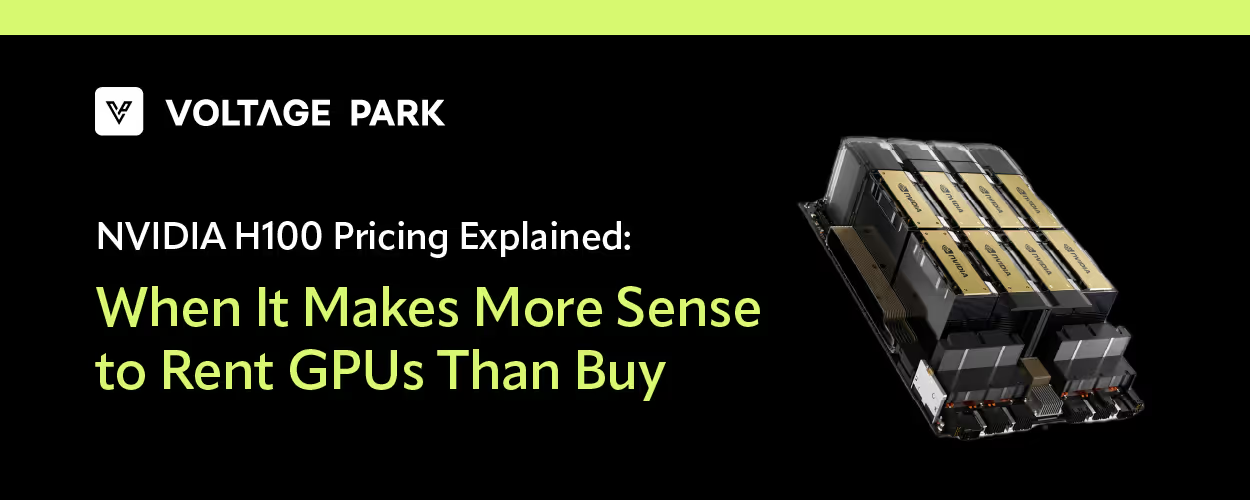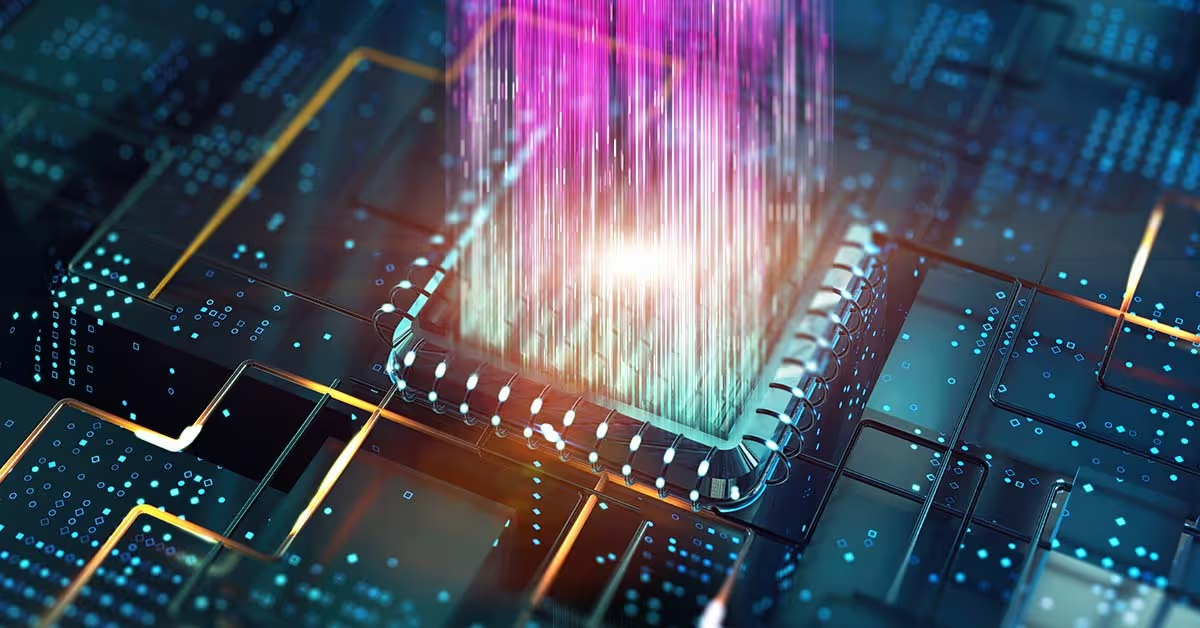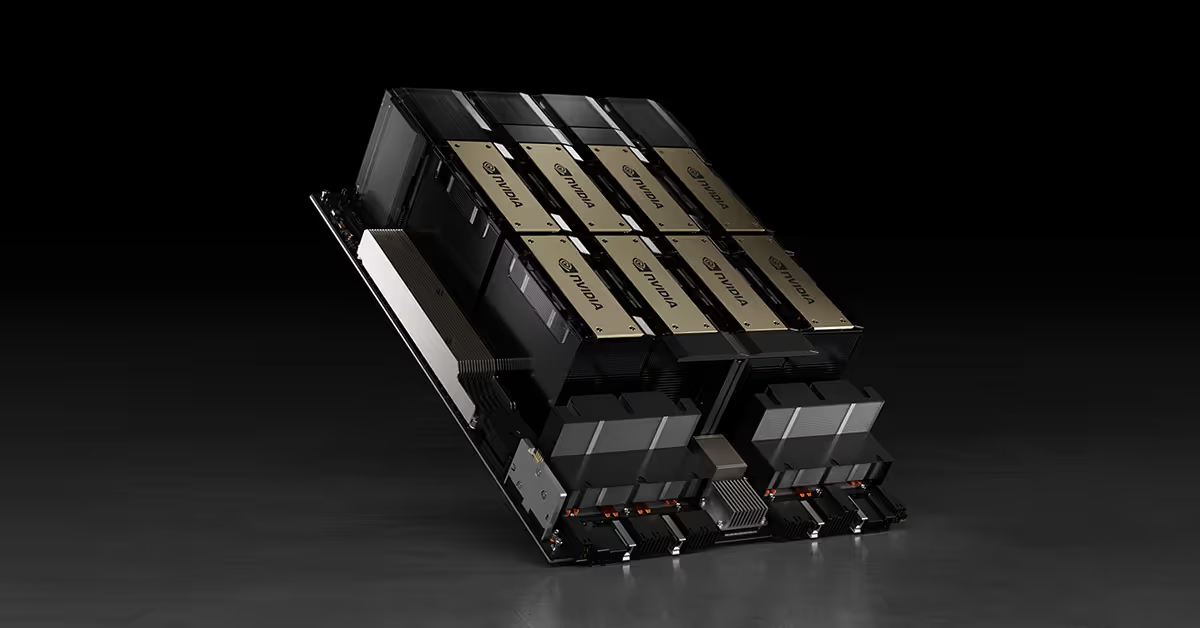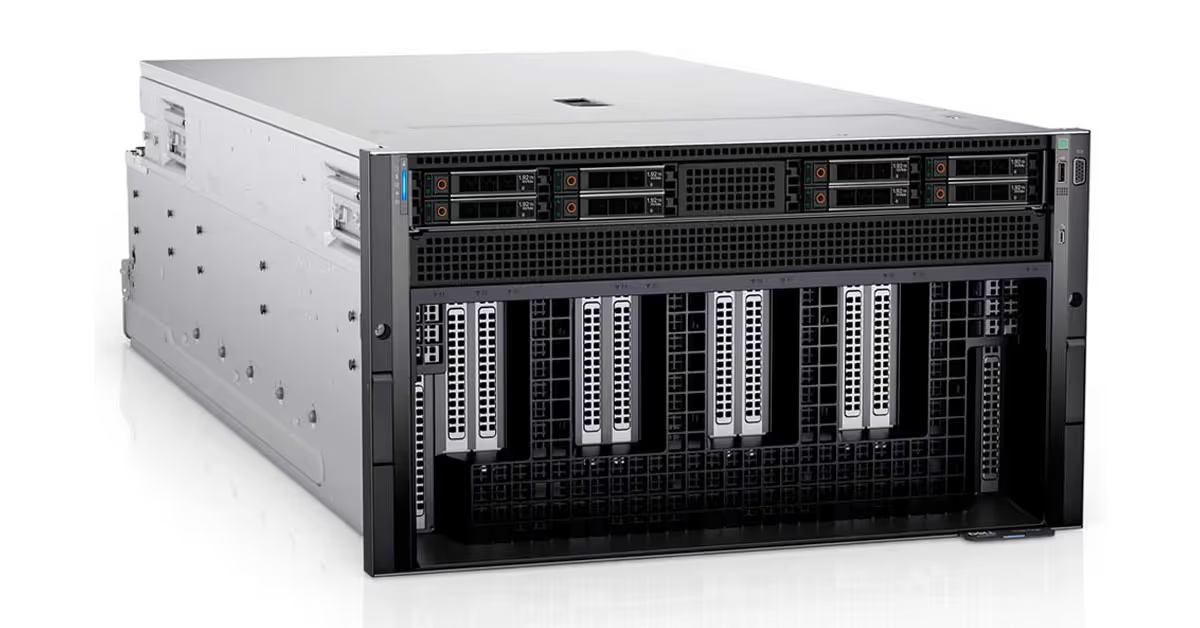NVIDIA H100 Pricing Explained: When It Makes Sense to Use Our GPUs

The price of the NVIDIA H100 GPU is swayed by more than the basic principle of supply and demand. (When demand is high, and supply is limited, prices tend to rise. When there is an oversupply and demand is low, prices typically decrease.)
This article goes through a variety of economic factors to consider when deciding whether to invest in your own NVIDIA H100, or leverage the benefits of renting GPUs from an established provider.
Pricing Factor 1: Consumer Interest in Gaming and AI
The NVIDIA H100 is highly sought after for gaming and handling AI workloads because gamers typically prefer it for graphics performance.
AI developers like its powerful processing capabilities with minimal latency.
When there is a spike with a new game or AI application release, the demand for high-performance GPUs (like the H100) increases, driving up prices.
Another consideration is seasonal events, such as gaming festivals or AI conferences. When an onslaught of new users enters these types of domains, competition for GPUs intensifies and can temporarily spike demand and prices.
Pricing Factor 2: Supply Chain Dynamics
As we saw with the supply chain disruptions following the 2020 pandemic, supply chain dynamics significantly disrupt the availability of GPUs. It’s not just pandemics to think about. Natural disasters, forecasted economic headwinds, or geopolitical tensions, can reduce the production of the raw materials and components needed to produce and deliver GPUs. The resulting volatility of hardware stock and any delays in production can further increase H100 pricing. Your research should also include an understanding of any potential suppliers’ reliance on specific manufacturing hubs. Issues local to that hub can have global implications for that supplier, but not necessarily others who may source from another hub.
A solid way to prevent supply chain cost adjustments is to own your hardware, or partner with suppliers, like Voltage Park, who do.
Pricing Factor 3: Scalability and Production Capacity
NVIDIA’s ability to scale production to meet increasing demand while maintaining quality is why they are a leader in GPU production. Investments in new manufacturing technologies or facilities can enhance production efficiency. Additionally, the price per unit of the H100 GPU can be influenced by the scale of production, with larger production runs often resulting in lower unit costs.
On a smaller scale, this is an economic principle many consumers weigh on a daily basis: do I buy in bulk to save more money per unit, or buy only what I need at a slightly higher unit price?
Expanding production capacity requires time and resources. During periods of high demand, any constraints in production capacity can create shortages and drive up prices. Deployment requirements for different industries can also affect production planning and capacity because varying deployment environments may necessitate different configurations and quantities. Conversely, when NVIDIA successfully scales its operations, it can stabilize or even reduce the price by increasing the availability of the H100 in the market.
Technological Advancements
Even though the NVIDIA H100 is considered a leading model among GPUs for advanced workloads, the introduction of new features, improvements, or next-gen GPUs such as the Blackwell fleet, can influence its cost. Here’s how:
Performance Enhancements
Users will be willing to pay a premium for improved performance (with a caveat we’ll cover momentarily). These enhancements often include faster processing speeds, increased memory capacity, and superior energy efficiency. Improved inference speed is a major benefit of the H100, reducing latency for AI applications.
About that caveat: Better performance isn’t an absolute correlation to higher demand. Consumers will still weigh the benefits of improved performance against the cost, influencing their purchase decisions. The anticipation of future enhancements in models set to release in a quick succession also creates speculative demand. This can sway consumer confidence (“I’ll wait for the next year’s model”) as well as pricing.
Compatibility and Innovation
If the H100 becomes a benchmark for more emerging technologies, it can command a higher price in the market. Innovations that improve compatibility with emerging technologies, like virtual reality or advanced AI frameworks, further elevate its market value.
In addition to technical compatibility, innovations impacting design choices and user experience can set a product apart from the competition and drive up its desirability (ergo its price). Unique features or functionalities that are not available in other GPUs can add to its allure. Unique innovations like the Hopper allow NVIDIA to maintain a premium pricing strategy while meeting the demands of tech enthusiasts.
Software Ecosystem and Support
The software ecosystem and support that accompany the H100 are integral to its value proposition. Robust software support means users can optimize the GPU’s capabilities across their applications. Efficient management of dependencies (such as libraries and models) maximizes the H100’s performance in applications. Solid management directly impacts model loading time, inference speed, and overall setup efficiency. To further optimize GPU utilization and reduce costs, it is important to efficiently load both code and models, as minimizing load times directly reduces runtime and improves overall performance. Regular updates, bug fixes, and compatibility with the latest software contribute to its appeal.
Moreover, access to expert guidance and troubleshooting can be a decisive factor for buyers, especially those investing in high-end GPUs. A higher level of support is a perceived value, and can influence pricing strategies.
Production Costs
Raw materials, labor, and manufacturing processes all contribute to production costs. Buyers can’t influence these costs, but evaluating cost-effective purchasing options, such as upfront investment in hardware or leasing compute can help enterprises stay on budget. Cloud platforms like Voltage Park offer GPU instances billed based on usage so users can flexibly access resources and pay only for the instance time they consume.
Raw Material Expenses
Fluctuations in the cost of semiconductors and metals affects the overall production cost.
Additionally, the environmental and ethical considerations associated with sourcing raw materials may influence costs. Companies may invest in sustainable practices, which can alter pricing structures. The geopolitical landscape also plays a role, as trade policies and tariffs can affect material costs and, consequently, the price of the H100.
Manufacturing and Labor Costs
Advances in manufacturing technology can reduce production costs, potentially lowering prices. Automation and streamlined processes can enhance productivity, allowing for more competitive pricing. Buyers should determine the total cost of ownership by considering both manufacturing and operational expenses.
Labor costs remain a significant factor, particularly in regions with high living standards. Companies must balance the need for skilled labor with cost management. Wage fluctuations and labor disputes can impact production timelines and costs, influencing the final retail price.
Research and Development Investments
Research and development (R&D) investments sustain a product’s competitive edge in the GPU market. The development of new technologies, prototypes, and testing phases demands significant resources. This requires substantial R&D funding, which can impact the overall cost structure.
Availability of Used H100 GPUs
Consider this the flip side of all our points about the fluctuations associated with producing net-new GPUs. When consumers do upgrade to those newer models, they may sell their used H100s. If the market gets flooded, this potentially lowers the price of all units - new and old.
When comparing new and used H100 GPUs, buyers should also consider factors such as overall runtime, the ability to handle requests efficiently, and cold start time. These influence performance for workloads, especially when processing multiple requests or managing inference workloads.
Get Started with Voltage Park
Whether you're a gamer seeking the ultimate graphics experience or an AI developer requiring powerful processing capabilities, partnering with Voltage Park helps you weather price fluctuations because we own the hardware, software and physical infrastructure housing our six data centers.
Start experiencing our transparent pricing and full-service support for your demanding workload today.
%201.avif)


